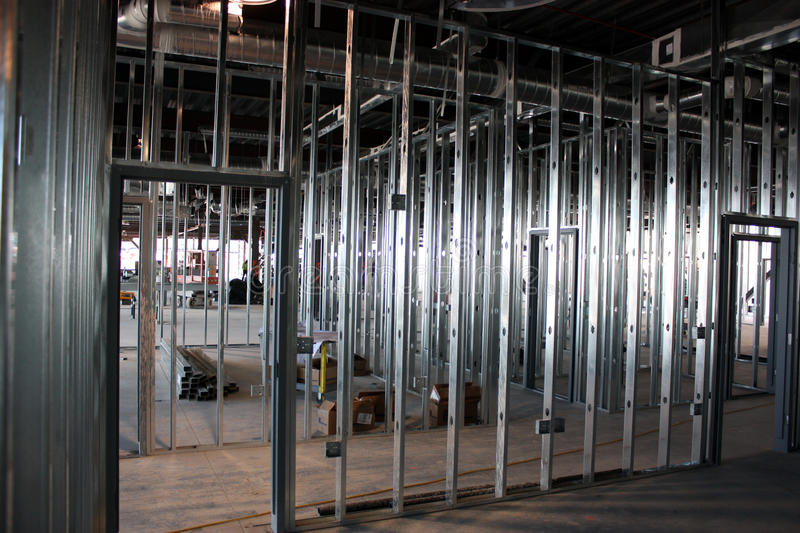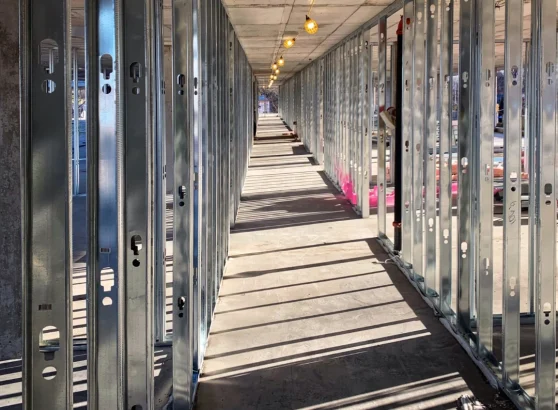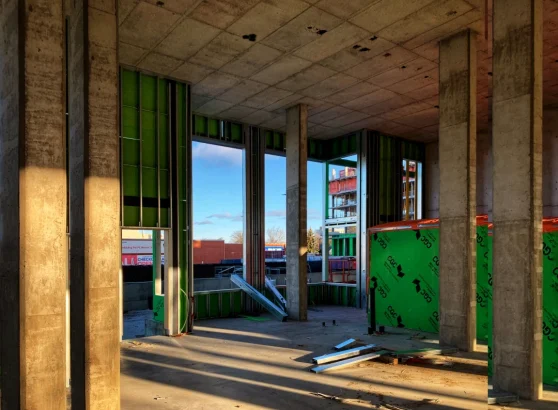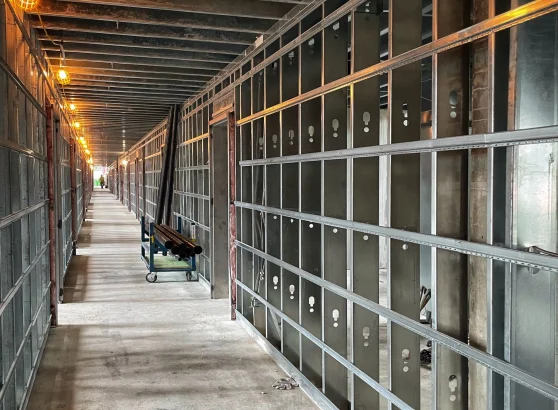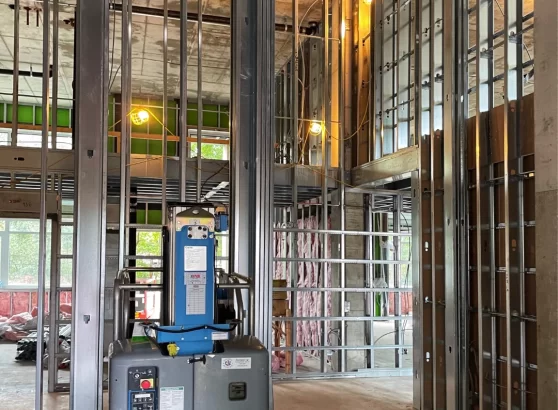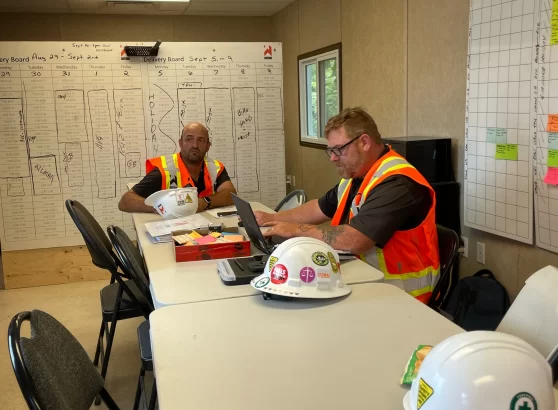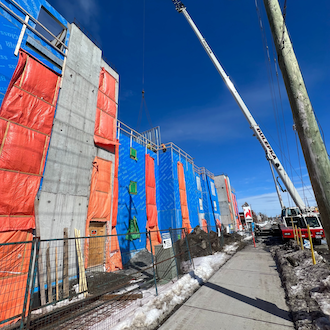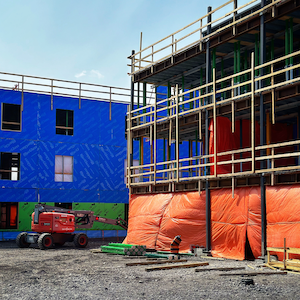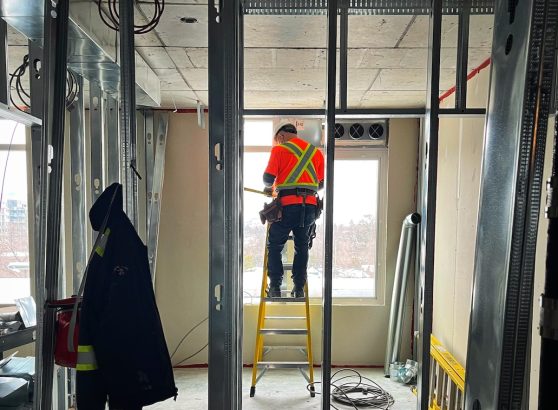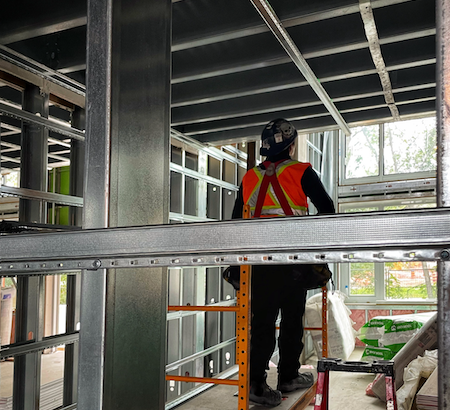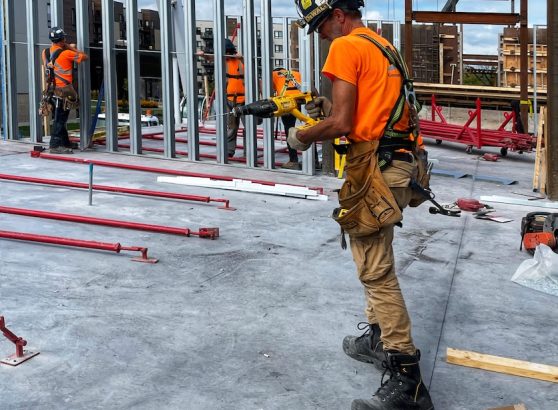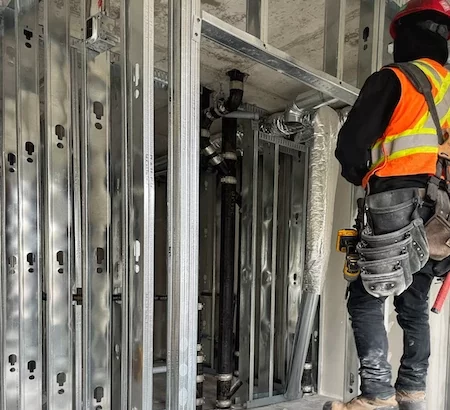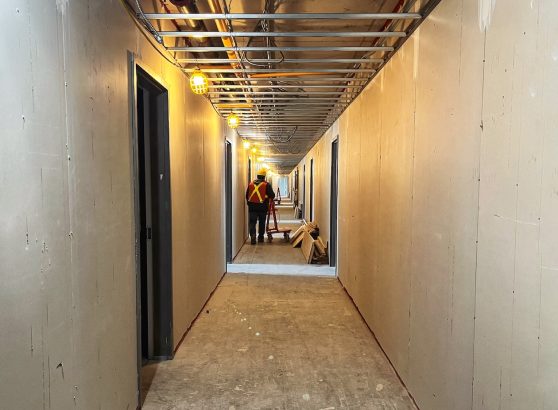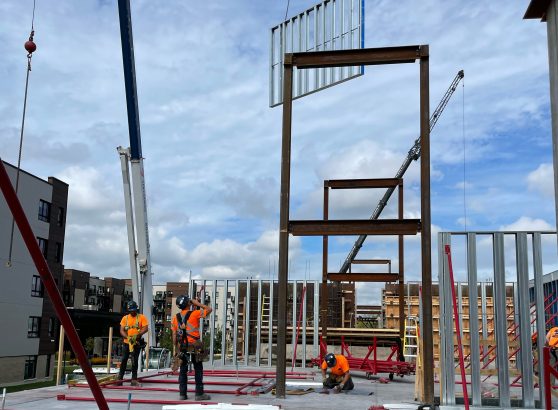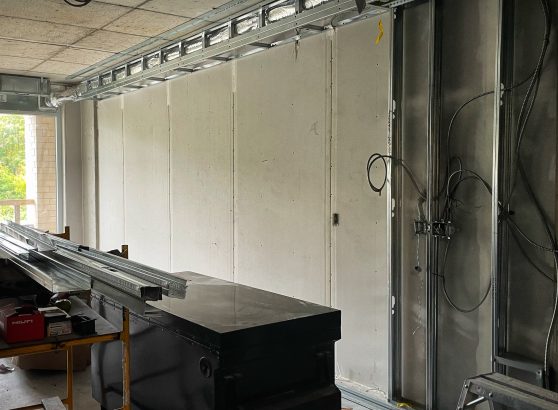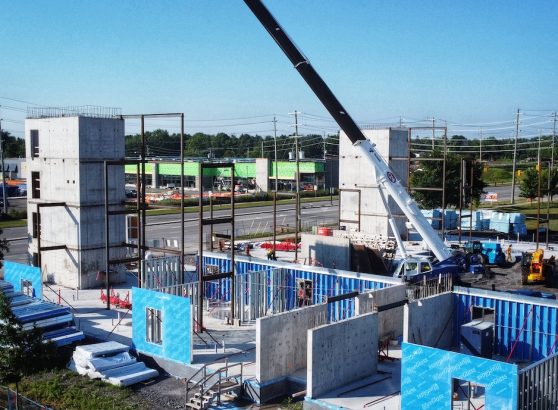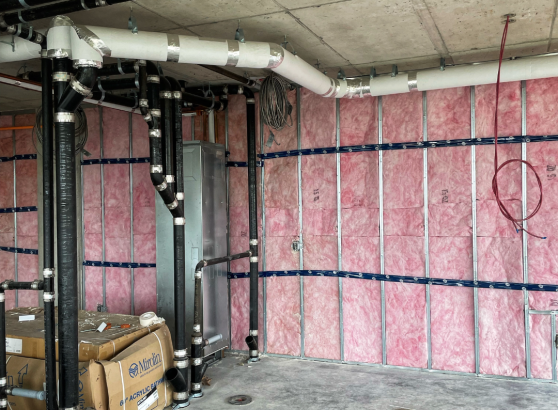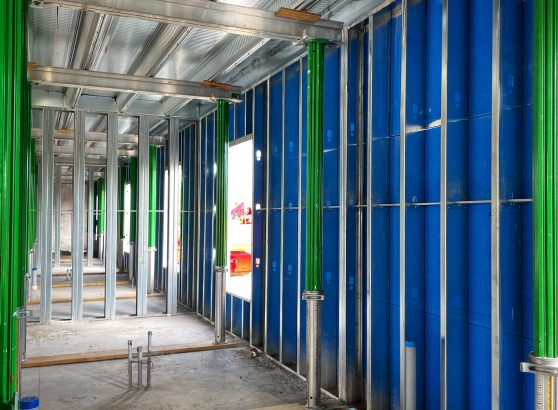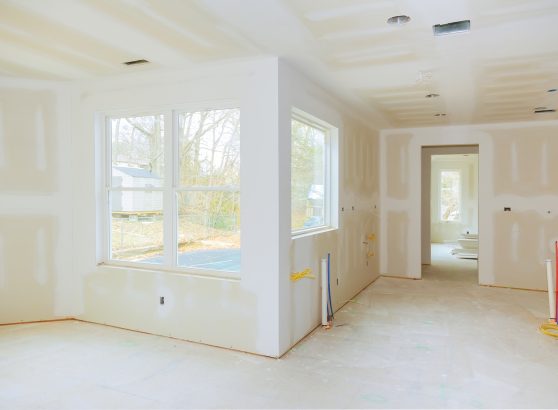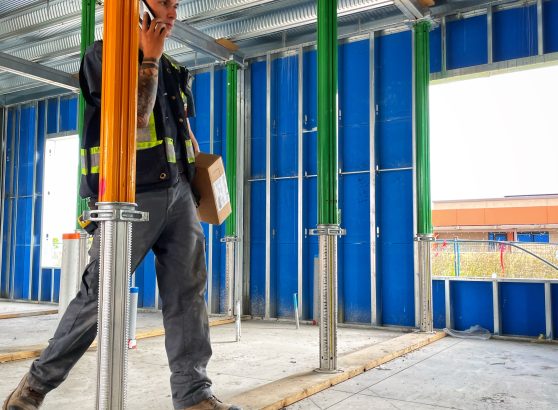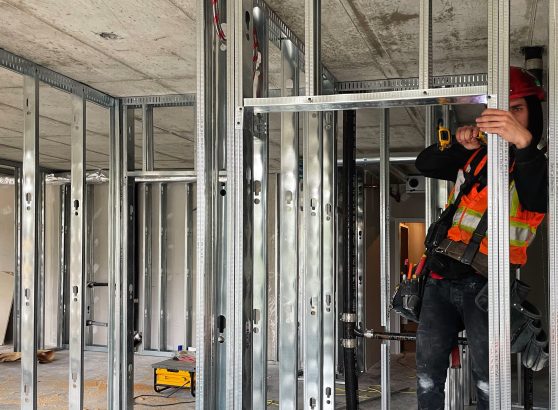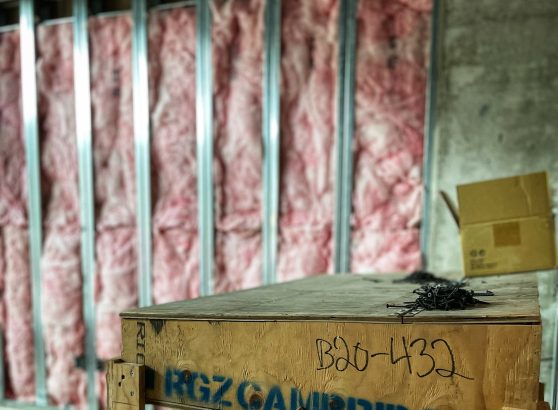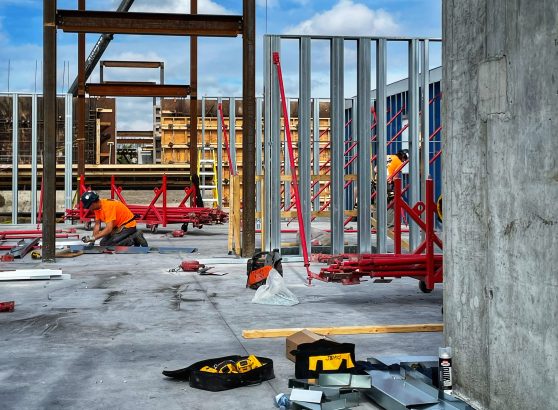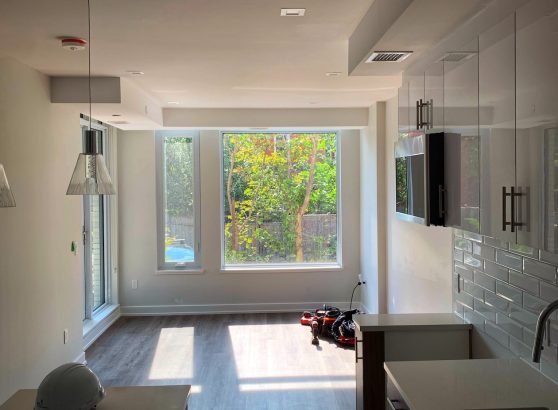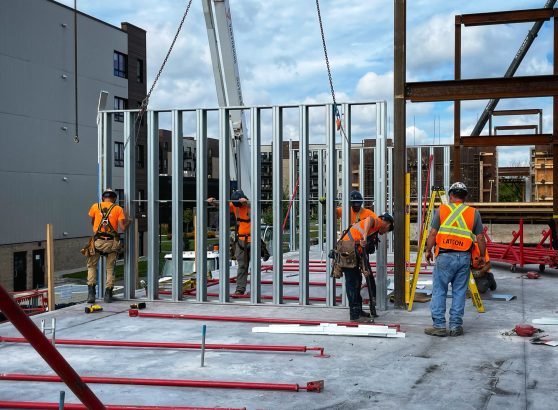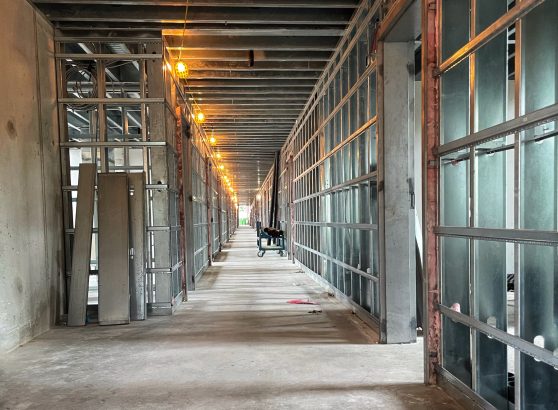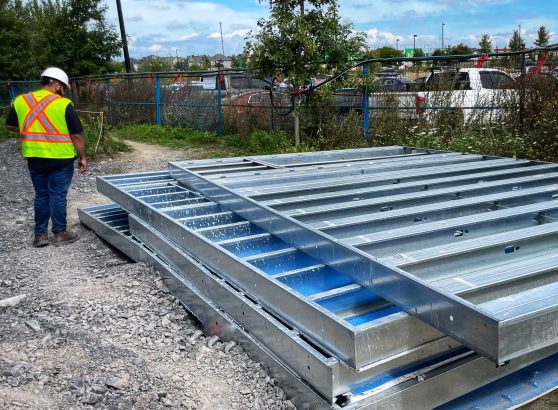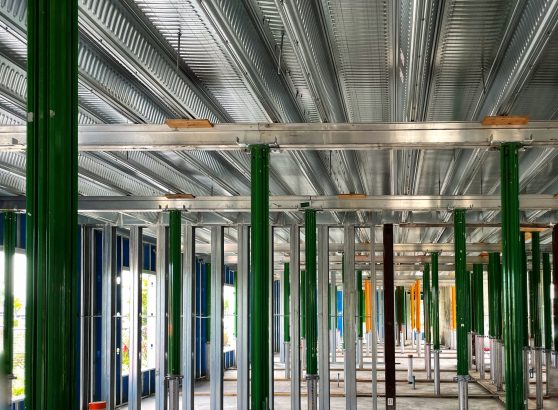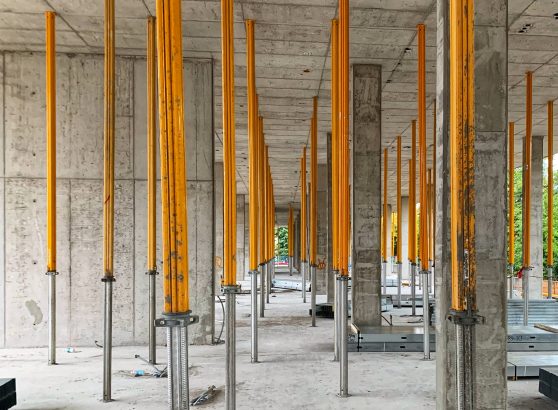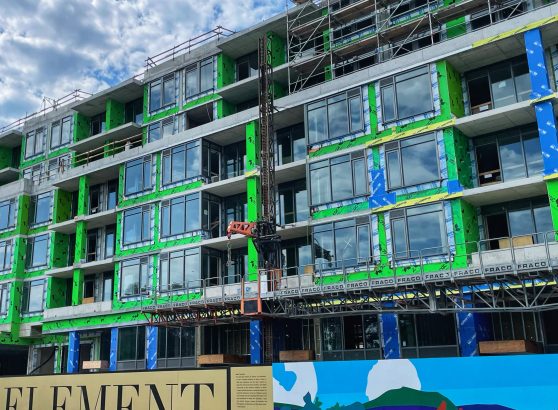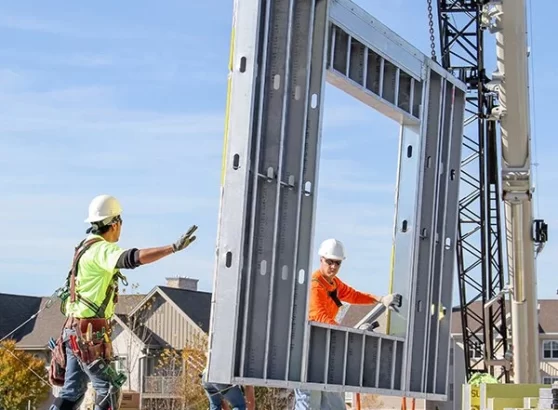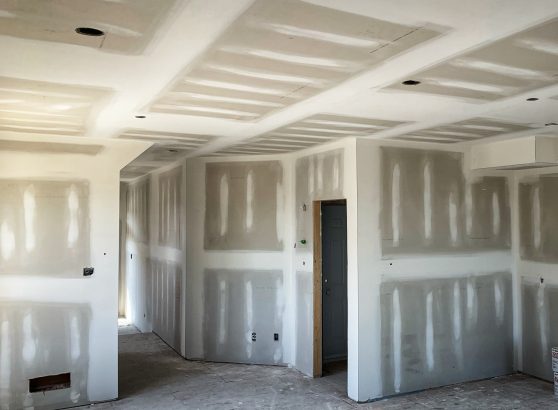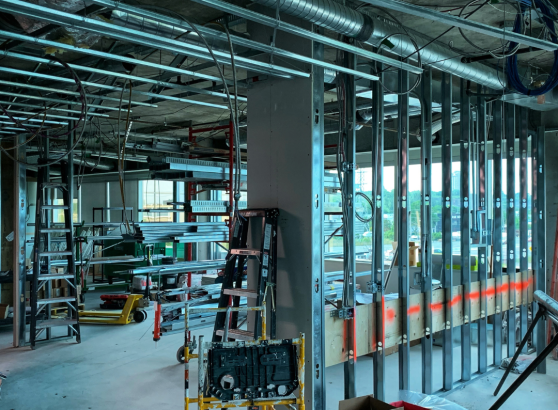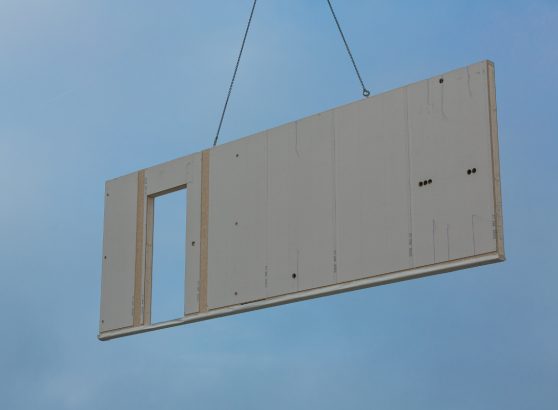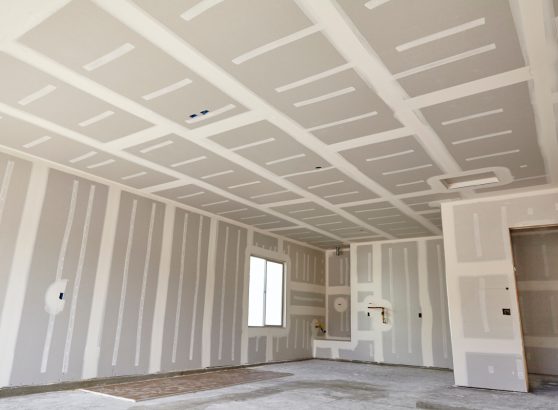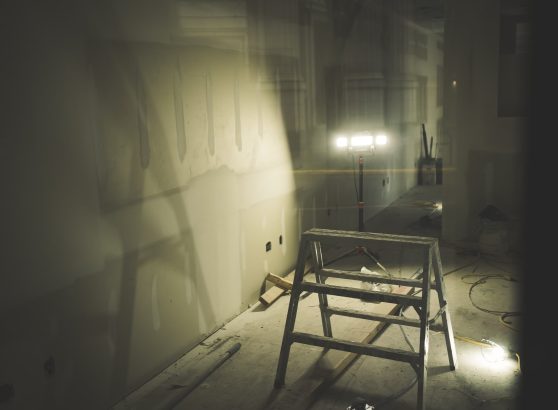Steel Stud Framing: Explained in Detail, So You Can Make the Best Decision
When you’re building a new structure, whether it’s a small outbuilding or a large warehouse, you need to consider your options for framing as part of the process. The type of steel stud framing you choose can have significant impact on the cost and ease of construction of your project. Understanding the pros and cons of each type will enable you to make the right decision when planning your project. The three primary ways to frame a steel structure are with standard, high-strength and double-strength steel. When making this important decision, it’s essential that you understand all the implications so you can make an informed final choice. Let’s take a closer look at each option:
Why Use Steel Framing?
There are many reasons to use steel framing for your new structure. Let’s take a look at a few of the most important ones: – Strength – Steel framing is incredibly strong. It can span long distances without buckling the way wood framing does. This makes it ideal for creating large structures such as warehouses where long spans are necessary. – Durability – Steel framing is also highly durable. It resists rust and corrosion, which means it will last much longer than wood in outdoor or wet environments. – Cost-effectiveness – Finally, steel framing is less expensive than other materials such as concrete or brick. This makes it ideal for large structures where cost is a significant factor in your decision-making process.
Standard-Strength Steel Framing
Standard-strength steel framing is the most common type of steel framing used. It is ideal for smaller projects where long spans are not necessary because it has a lower strength rating than the other two framing types. – Standard-strength framing can span distances of up to 16 feet without the need for a tie beam. It is rated for an ultimate load of 33,000 pounds per square inch (PSI). – Because of its lower PSI rating, standard-strength framing is not suitable for projects where heavy loading of the structure is anticipated. – Standard-strength framing is also known as mild steel framing.
High-Strength Steel Framing
High-strength steel framing is significantly stronger than standard framing. It is rated to span distances of up to 36 feet with just one beam and will support a maximum load of 58,000 PSI. – It is sometimes referred to as structural steel framing. – High-strength steel is the most expensive framing type. It’s ideal for industrial structures where heavy loads are anticipated. – High-strength steel framing is also known as HSS or wide flange steel framing.
Double-Strength Steel Framing
Also called double-wide or double-extra-strong steel framing, double-strength framing is the strongest type of steel framing. It can span up to 48 feet using just one beam.
– Double-strength framing is not suitable for residential construction. It is rated for a maximum load of 80,000 PSI.
– Double-strength framing is the most expensive type of framing. It’s ideal for commercial and industrial structures where extreme loads are anticipated.
– Double-strength framing is also known as DSS or X-framing.
When to Use Each Type of Framing
– Standard-strength framing: Best for smaller projects where long spans are not necessary. It’s especially well-suited for residential construction.
– High-strength framing: Best for larger projects where long spans are necessary. It’s best used for industrial construction.
– Double-strength framing: Best for very large projects where extreme loads are anticipated. It’s best used for commercial and industrial construction.
Conclusion
Steel framing is the most common method used to frame structures and buildings. It comes in two types: standard and high-strength. High-strength steel framing is best for larger projects where long spans are necessary. Double-strength framing is best for very large projects where extreme loads are anticipated. It’s best used for commercial and industrial construction. Steel framing is the strongest, most durable and cost-effective material for framing. It’s ideal for a variety of construction projects.


